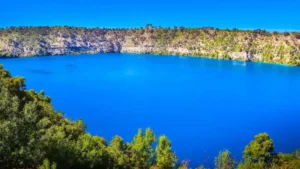The Defence Research and Development Organization’s (DRDO) Abhyas high-speed expendable aerial target (HEAT), which was created as a target for the testing of missile systems, underwent a successful flight testing from the Integrated Test Range (ITR), off the coast of Odisha. The Aeronautical Development Establishment (ADE), a DRDO unit with a Bengaluru location, created Abhyas.
Buy Prime Test Series for all Banking, SSC, Insurance & other exams
KEY POINTS:
- The DRDO recently conducted numerous tests on Abhyas in various configurations.
- Precision demonstrations of the aircraft’s performance at low altitude, including prolonged level flight and excellent manoeuvrability, were made.
- The target aircraft was being tracked by a number of tracking sensors deployed by ITR, including radar and an electro-optical targeting system, as it was being flown from a ground-based controller in a predetermined low altitude flight route.
About Abhyas:
- Abhyas—a word derived from Sanskrit meaning “practise” or “preparatory exercise”—offers a realistic threat situation for training with different armament systems and has been built with an onboard autopilot system for autonomous flight.
- According to the DRDO, the vehicle was launched utilising two underslung boosters, which give it a quick start.
- It has a modest gas turbine engine that enables it to fly for an extended period of time at a fast subsonic speed.
- The target aircraft has an inertial navigation system based on micro-electromechanical systems as well as a flight control computer for guiding and control.
- The system has a built-in radio altimeter for very low altitude flight and a data link for secure communication between the target aircraft and the ground control station.
According to a DRDO scientist, the Abhyas system has radar cross-section (RCS) and infrared signatures that may be utilised to simulate a variety of aircraft for anti-aircraft warfare training as well as for testing intended to hit aerial targets.
Important Takeaways for All Competitive Exams:
- Defence Minister of India: Rajnath Singh
- Head of the DRDO: G. Satheesh Reddy
Find More News Related to Defence




 Meet the World's Youngest Self-Made Woma...
Meet the World's Youngest Self-Made Woma...
 Australia’s Victoria University to Open ...
Australia’s Victoria University to Open ...
 Which Lake is known as the Lake of Tears...
Which Lake is known as the Lake of Tears...







